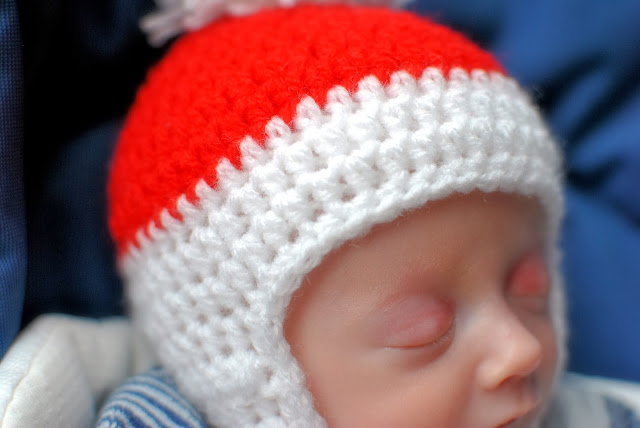What with Christmas and our little boy home from hospital, I know I will be using my camera a lot.
I haven't looked back since buying my DSLR. I am always happy with my images and it does so much of the hard work for me.
Most DSLRs come with a standard lens, but like me, many people choose to buy extra lenses - all for different desired shots - hoping to get the best results possible.
Retailers like
Clifton Cameras sell a huge range of lenses, including Nikon lenses (like mine). Knowing which one you need can be difficult, so here's a quick guide...
WIDE ANGLE
These lenses capture more of the horizon in the frame, so they're great for those breathtaking landscape shots! The mm represents the focal length, with 21-35mm defined as wide angle and below 20mm classed as super-wide angle.
A fisheye lens is an ultra-wide angle lens that will give a fish bowl effect to your photos. They are great for capturing the sky beautifully! Check out this shot from
Scott L Robertson Photography
MACRO
These lenses are made for photography on the small scale. They magnify the tiniest details and are great for capturing every detail. Often you'll also require a tripod - a steady shot will reduce the risk of blurred close-ups. Nikon have put together a great gallery of macro images - see it
here
TELEPHOTO
These are great lenses for drawing focus to your subject and they have a shallow depth of field. Those between 50 - 100mm are usually used for portrait shots, while those exceeding 100mm are great for zooming in on wildlife.
PRIME/ZOOM
Prime lenses have a fixed focal length, unlike zoom lenses which can alter theirs. Prime lenses are often lighter and smaller than zooms and make focusing and taking brighter photos easier. This is thanks to their large apertures. Zooms however offer more versatility and are an ideal purchase for the beginner.
If you have a thirst for more knowledge, then I would definitely recommend a photography course. I went on a course back in March and you can read all about it
here






